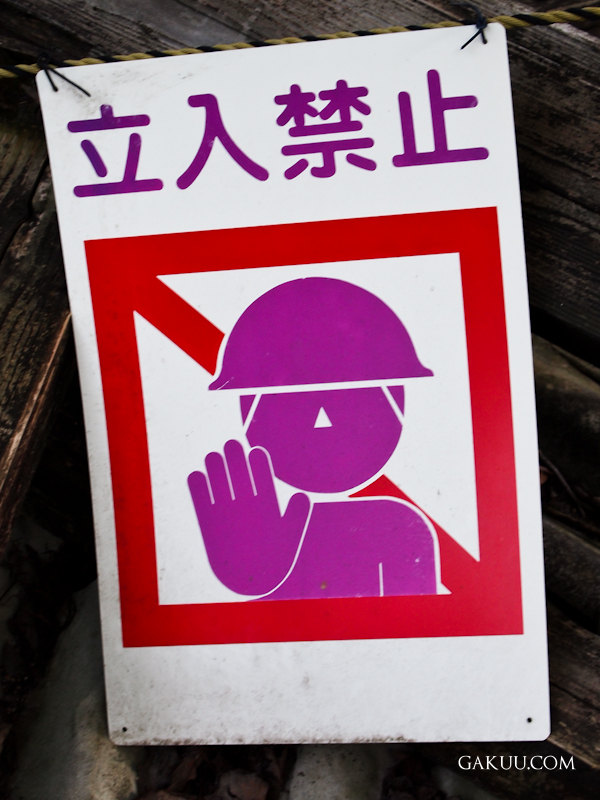In the same way that we have different variations of the same words in English (synonyms), Japanese usually has at least a few ways of expressing a grammar point, depending on the situation. Since we are only taught the most popular methods, old Japanese tends to trip us up sometimes!
Let’s begin by leading in with a simple phrase:
立入禁止。
(In hiragana: たちいりきんし。)
立ち入り (or the shortened form of 立入) means ‘entry‘ and 禁止 is ‘forbidden’. Hence, ‘entry forbidden’, or in natural English:
No entry.
This is all pretty simple, but what about saying a similar thing in Classic Japanese? The seldom-used べからず occasionally crops up on signs and in formal texts, so it’s worth being aware of it. Consider the next phrase.
That’s not all! Log in to see the rest of this lesson.
Or if you aren’t a member yet, please consider signing up.


Leave a Reply